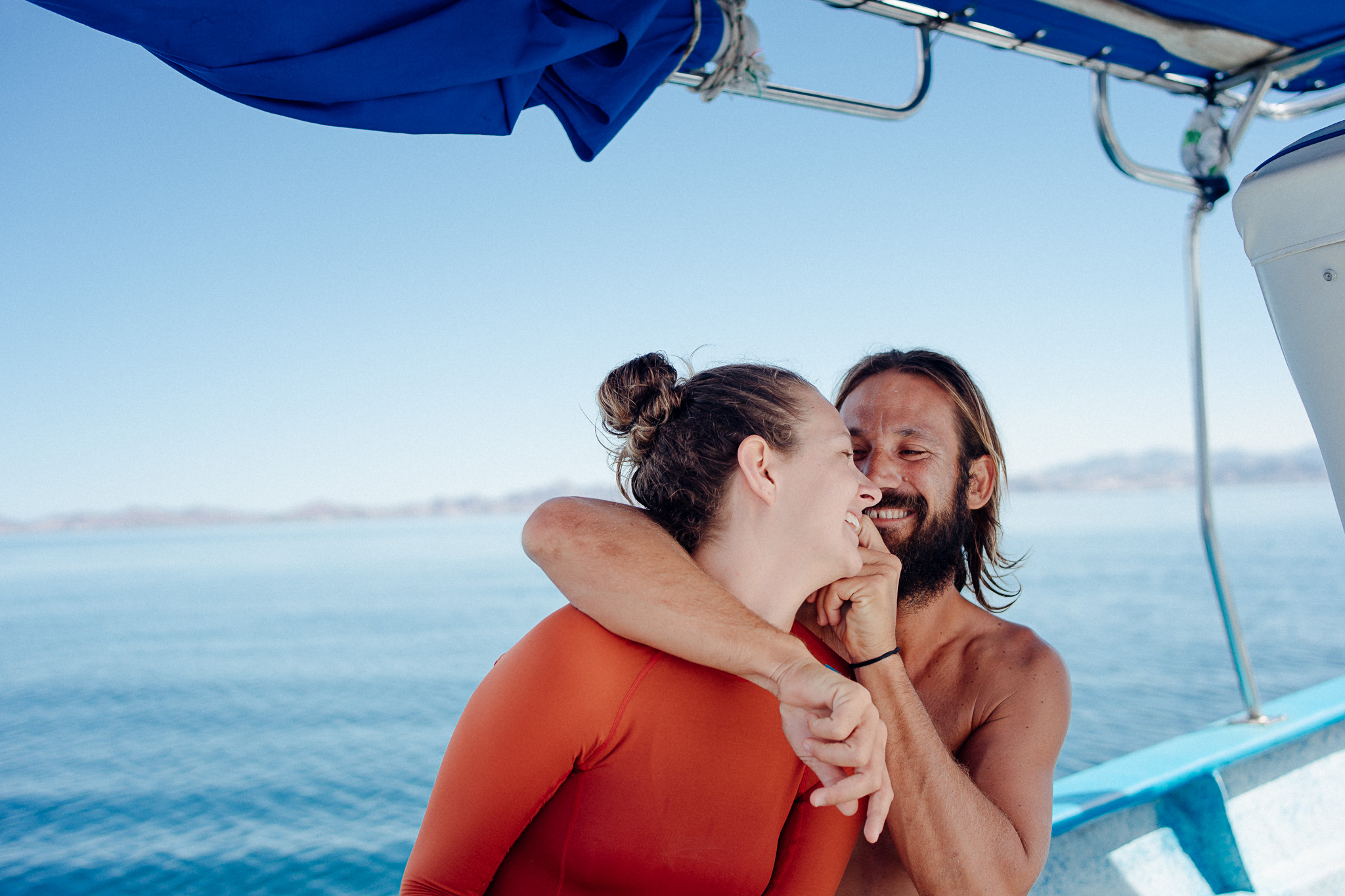
One Camera. One Lens. A Sony A9 with a Voigtlander 40mm f/1.2
by Chad Wadsworth
See his WEBSITE HERE. His Instagram HERE .
See Steve’s Review of the Lens HERE, and an update HERE.
You know that moment when it’s time to pack your camera bag and you can’t decide what to take so you grab everything? I know this feeling well but this time I committed to the simplicity of one camera, one lens.
My default vacation lens kit usually consists of a traditional 35mm, 50mm and 85mm combo. To pare down to one lens, I would choose either the 35mm or the 50mm; but, what if there was a magical fov somewhere in between, say a 40mm? And what if that 40mm was also super fast, like f/1.2 fast? Luckily, the new Voigtlander 40mm Nokton f/1.2 manual focus lens does exist and it graced my doorstep just a few days before leaving for a quick recharge at Hotel San Cristobal outside Todos Santos, Baja California Sur.
Long a fan of 40mm – it’s an almost perfect solution for shooting the narrow zone in between a wide and standard lens- and with an aperture of f/1.2, this is a lens that can both siphon light from dark and isolate your subject for a 3d pop that rivals medium format.
I like to mess around with adapted manual focus lenses, usually small ones originally designed for rangefinder cameras. These lenses match well with the compact size of the newest Sony cameras and allow us to pack small and light when desired. But until now, I didn’t want to buy one designed only for the Sony E-mount – not when M-mount lenses can be used both on my digital and film cameras.
But the more I thought about it, the more the appeal of this new Voigtlander solidified. First off, the size is right – not too big, not too small, almost a perfect balance on the Sony a9 camera body at less than a pound. Then I thought about the manual focus tools on the Sony which have gotten better over the years. Focus peaking on the a9 works perfectly when shooting wide open – more about that later- and the lens is coupled to the E-mount system so that if you want, auto magnification will kick in when you rotate the focus ring. Pretty cool.
The Nokton also has an adjustable click or click-less aperture ring that the video crowd will appreciate and of course full metadata support. Its build quality is outstanding – similar to that of the Voigtlander 35mm f/1.2 lens, if you’ve ever had a chance to hold one. All metal and glass construction harkens back to the analog days, and if we’re honest, that’s a big part of the draw. With the perfection of digital being so damn perfect, sometimes its nice to put the visual brakes on and draw with something different.
Before getting into the optical characteristics of the lens, I do want to mention that it does focus very close (about 10″) but the downside to that capability is a semi-long focus throw – about 160 degrees. Not horrible but I’d prefer shorter.
Cosina state that this lens is designed with two aspherical elements “to suppress spherical aberrations and distortion for notable sharpness, clarity, and accurate rendering”. While that sounds like more digital perfection, this lens draws some similarity to the Zeiss C-Sonnar 50mm f/1.5 – a lens that is adored for its lack of corrections. While the Nokton is a much sharper lens and better corrected for chromatic aberrations, on occasion its images remind me of ones I’ve taken with the C-Sonnar, and that friends is a very good thing.
Wide open, the Nokton is surprisingly sharp – don’t expect Sony G Master sharpness but we are talking about f/1.2 in a $1k lens, so I am nothing but impressed. Stopping down to f/1.4 doesn’t do much to improve center sharpness, but go to f/2 or 2.8 and you will be slicing up eyeballs. But what impresses me the most of this lens is that when shot wide open, it just looks analog – there’s no better description. The subject isolation and 3d pop is outstanding, especially with subjects in that mid zone of say 10-20 feet. Images have a look that, on the full frame a9, draw as close to traditional medium format as I have seen. Yes, there is some CA at the widest apertures and vignetting makes its presence known abundantly, but nothing a little post work can’t correct if you feel the need.
It’s worth noting that the Sony a9 has a feature that makes it uniquely suited to the Nokton. The shutter on the a9 can be set to mechanical (1/8000 limited) or electronic (1/32000 limited) or automatic. In auto mode, the camera gracefully switches between the mechanical shutter and electronic modes to handle the need for faster shutter speeds when shooting f/1.2 in bright sun. Say goodbye to ND filters if you want to photograph with your lens wide open in daylight.
The shooting experience on the a9 is engaging, dare I even say fun. Focus peaking on the a9 is perfect at wide apertures, which was not always the case with earlier models so thank you Sony. Where I did find the limit to focus peaking was when stopping the lens down to f/5.6 or more. While this seems counter intuitive, because more should be in focus, that’s the problem – the focus peaking indicators show too much in focus when some areas are not perfectly sharp. So for deep field focus shots I stop down and pre-focus using magnification. Once set, the camera becomes point-and-shoot, which I imagine will be appealing to street shooters.
It takes a short while to understand a lenses capabilities but if you give it a wide diet of scenes, you can get a good idea pretty quickly. The accompanying set of photos are mostly vacation snaps and a few images the hotel could use, but I tried to shoot close and far, wide open and stopped down, daylight, sunsets, low-light – everything to provide feedback about the lens – would I love it, hate it, be indifferent?
You can probably tell, that the report is positive. I think this is going to be a very popular lens for photographers that tend to work in the traditional documentary fovs. I kept looking for faults but only found things I like. If there is any knock against the Nokton, it will be the price – but I think it is rightly situated above its smaller brother, the Voigtlander Nokton Classic 40mm f/1.4 (half the cost and half the image quality at f/1.4.)
This is a lens that is sharp when it needs to be, well behaved, but still looks less digital than most modern designs. It draws a picture that reminds me of the moment in an almost emotional way, but still clinical enough to not let you forget the heights we are reaching with resolving power.
I have to plug my new friend Carlos, the owner at Todos Santos Surf Shop – he was just the best tour guide for a whale shark and sea lion swim experience. Check him out if you are near La Paz and want to swim with these beautiful creatures.
The fact that I have almost made it to the summary without mentioning bokeh is interesting. Honestly, I forgot about it. I realize that must seem crazy for an f/1.2 lens but I just don’t look at this Nokton as a bokeh machine. I’m not saying that because it can’t produce nice bokeh – it does and many will love it – but I just don’t shoot it that way. I had to actually go back and look through the images to remind myself how I feel, and bokeh can be tricky so let me try my best to describe it. First, what strikes me always about this lens is the transition from focus to out-of-focus. I’m not talking about how it renders a highlight or the shape of the circle, but the zone of defocus that either precedes or follows the subject. There is nothing abrupt or jarring about that transition on the Nokton – everything is so smooth. Nervous is not a word I would ever use. The look is similar to a hybrid of the Zeiss Sonnar and Planar designs – also a good thing. So what about those bokeh balls? Well I think they are kind of nice – elongated but creamy, very classic looking.
For photographers that love the look of analog 35mm, lenses like the Nokton are a lifeline to the past. The fact that we have companies developing these traditional lenses built-purposefully for the most advanced mirrorless platforms is almost a miracle. With the ascension of digital and the previous popularity of the dSLR, we easily could have lost the old rangefinder designs and the look of those lenses. Instead, we have lenses that work like the reportage standards but with a mix of classic and modern rendering on cameras that deliver impressive technical results. I can’t wait to shoot this lens on the upcoming Sony a7RIII and I don’t think I’ll be the only one.
For the record, I am a Sony Artisan of Imagery but have no affiliation with Cosina (Voigtlander). I bought the Nokton myself at full price and I’m keeping it.
More images below, click on them for larger! Buy the Voigtlander 40 1.2 from Cameraquest at Amazon HERE.

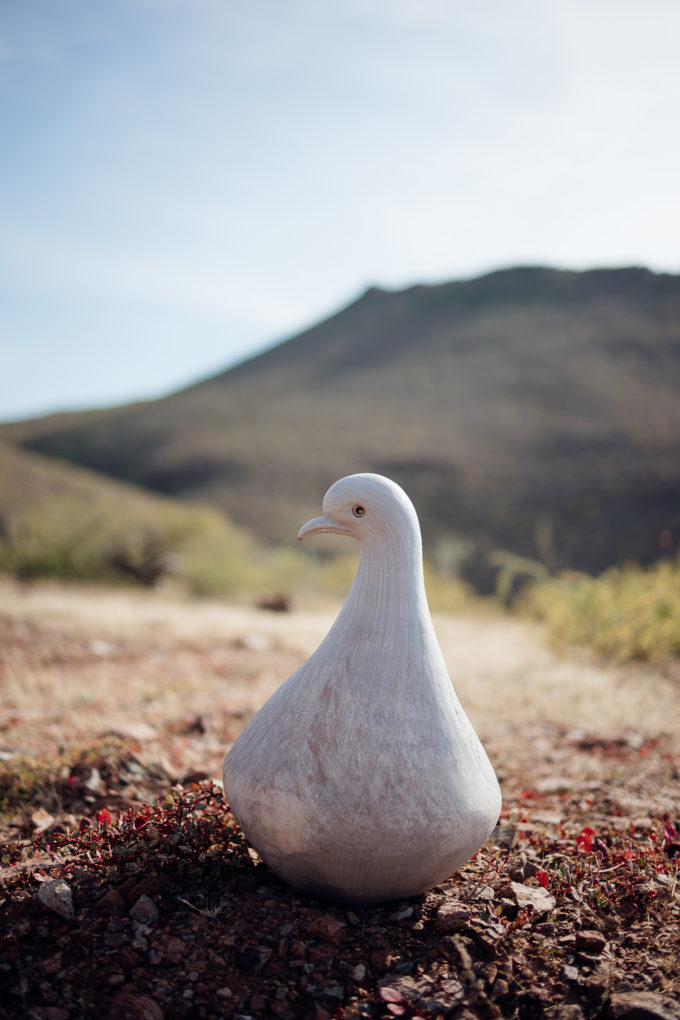
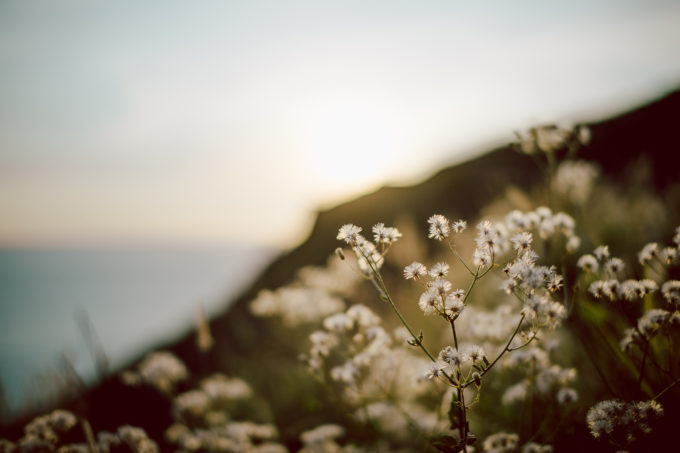
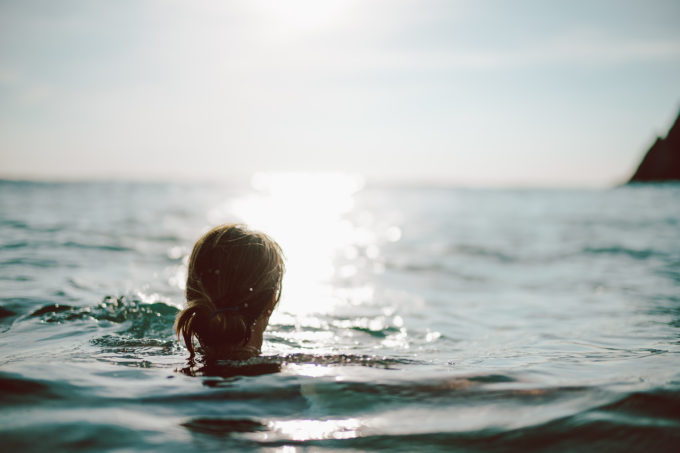
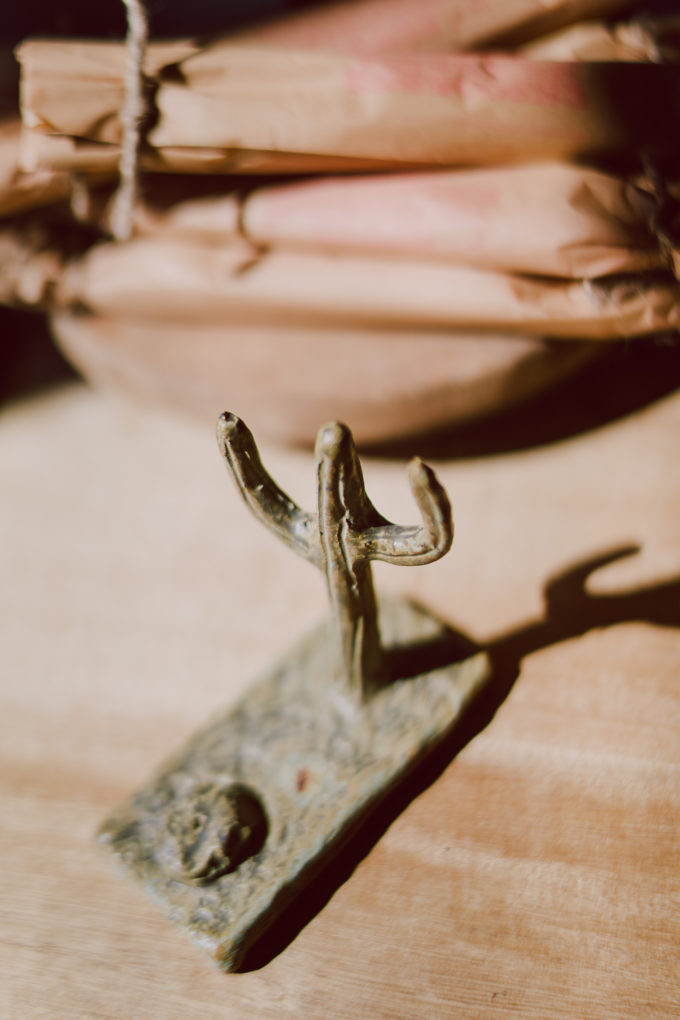
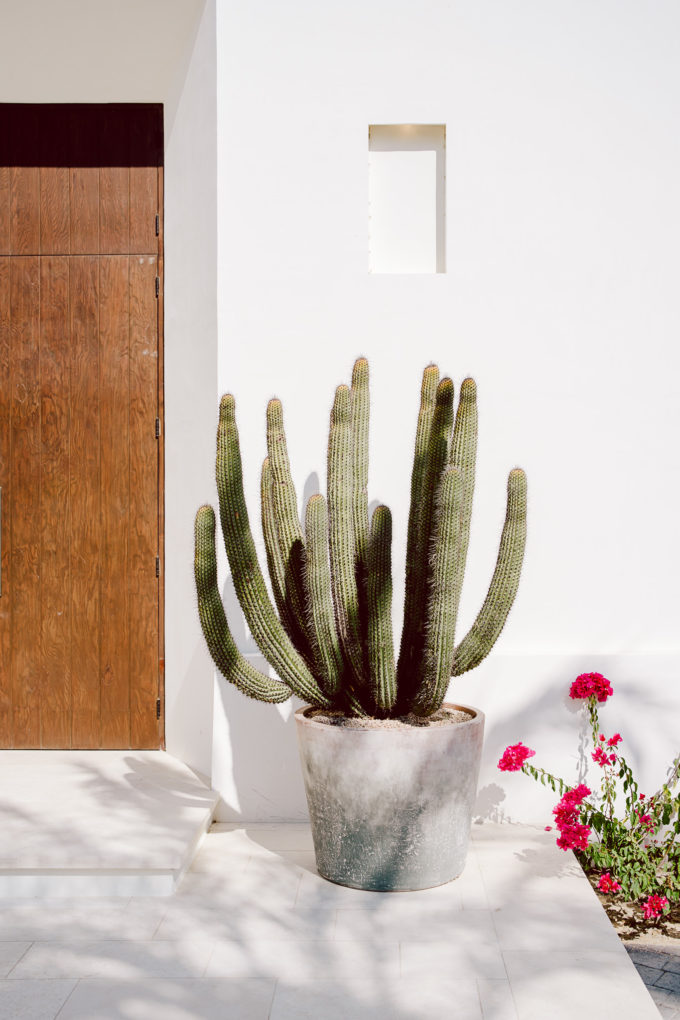
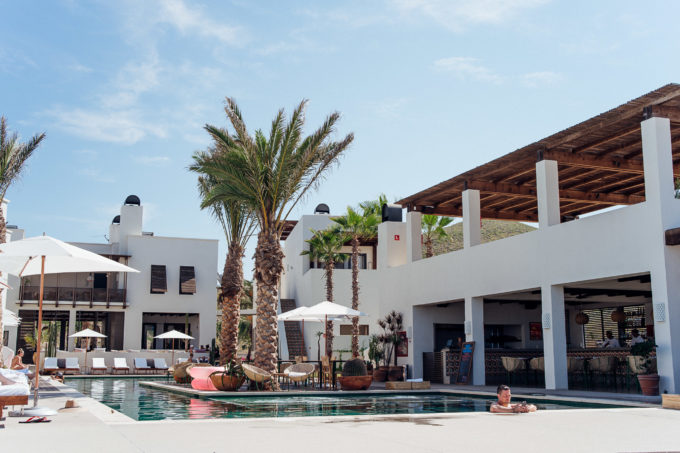
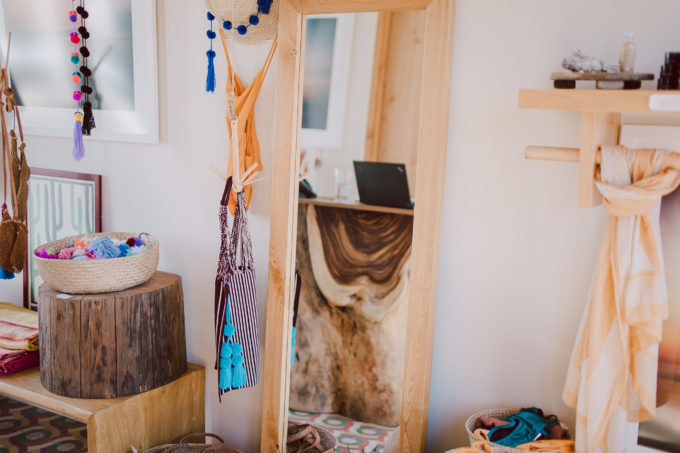
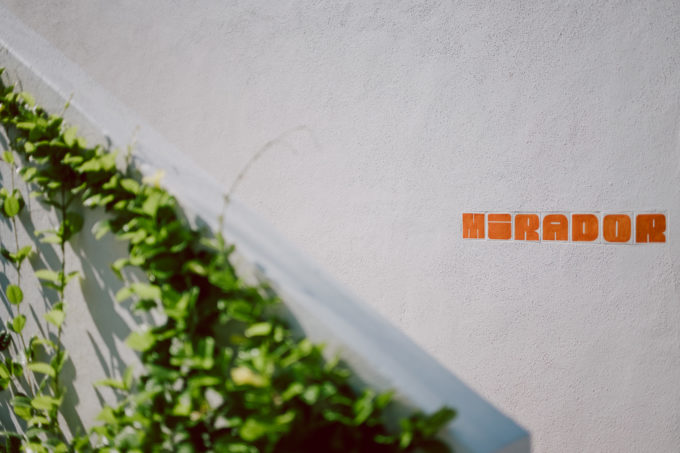
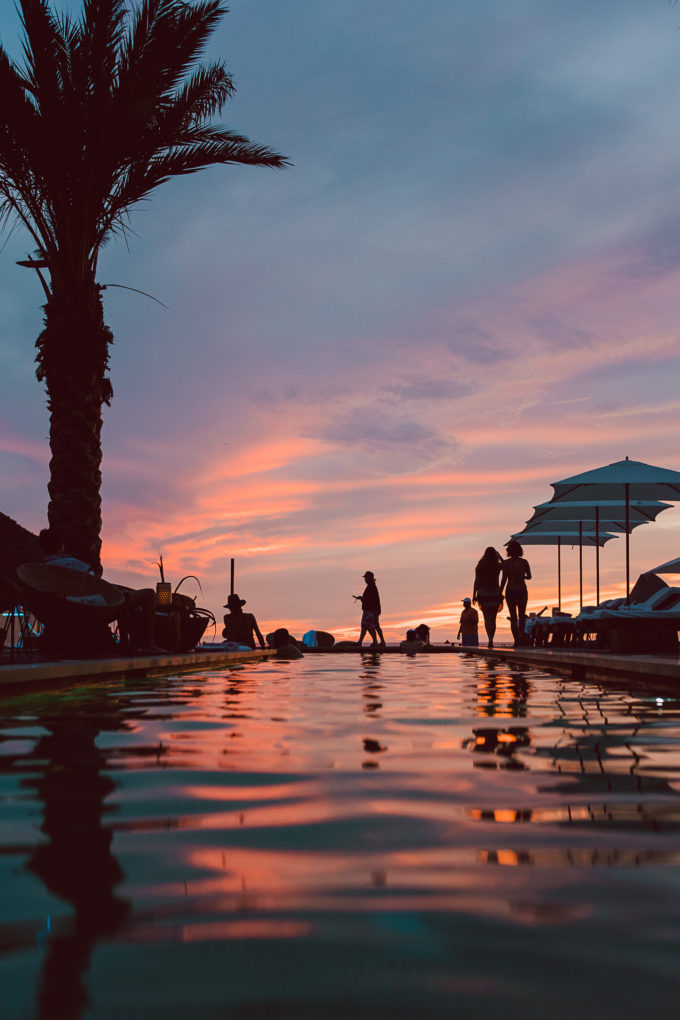
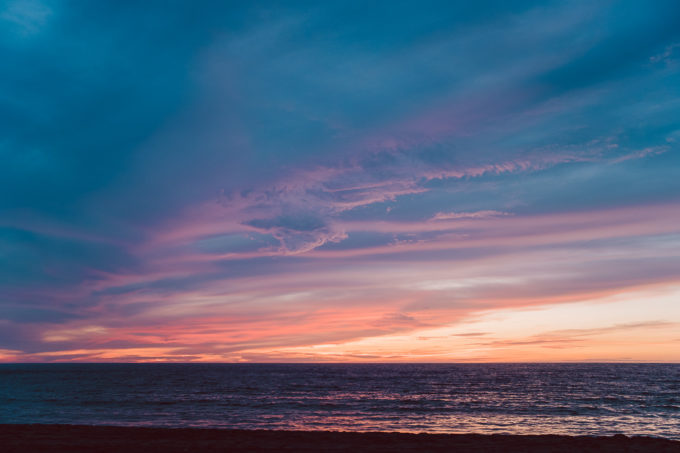
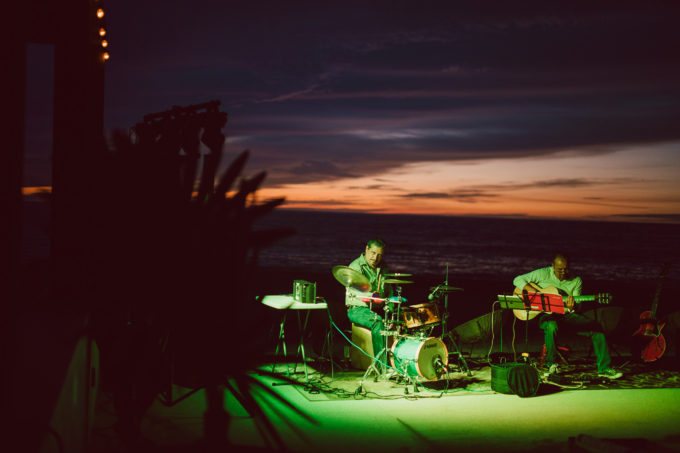
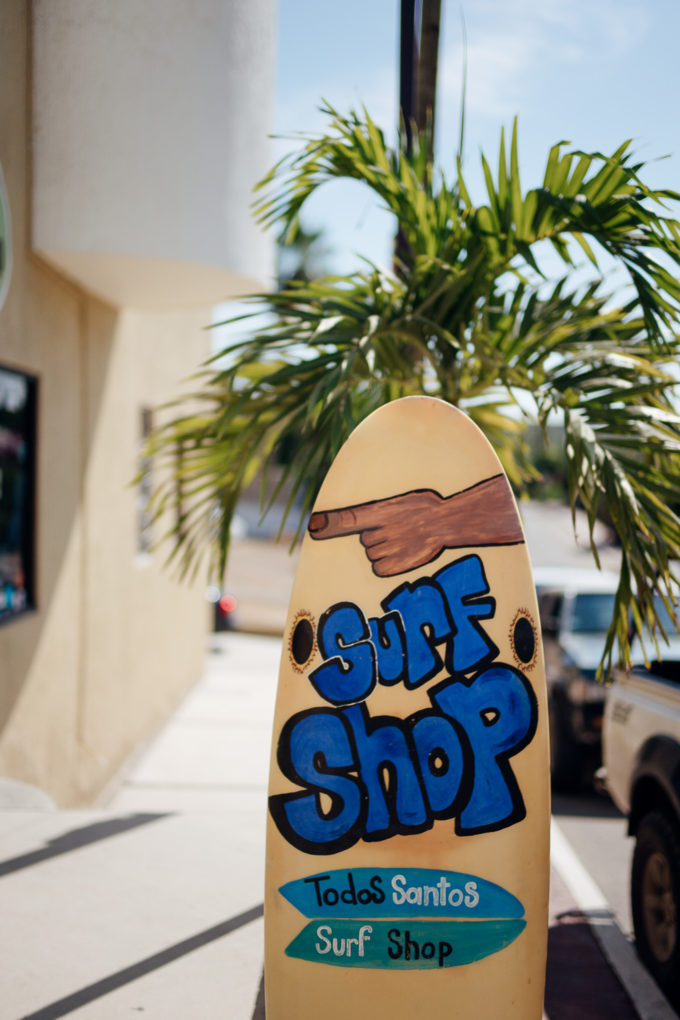

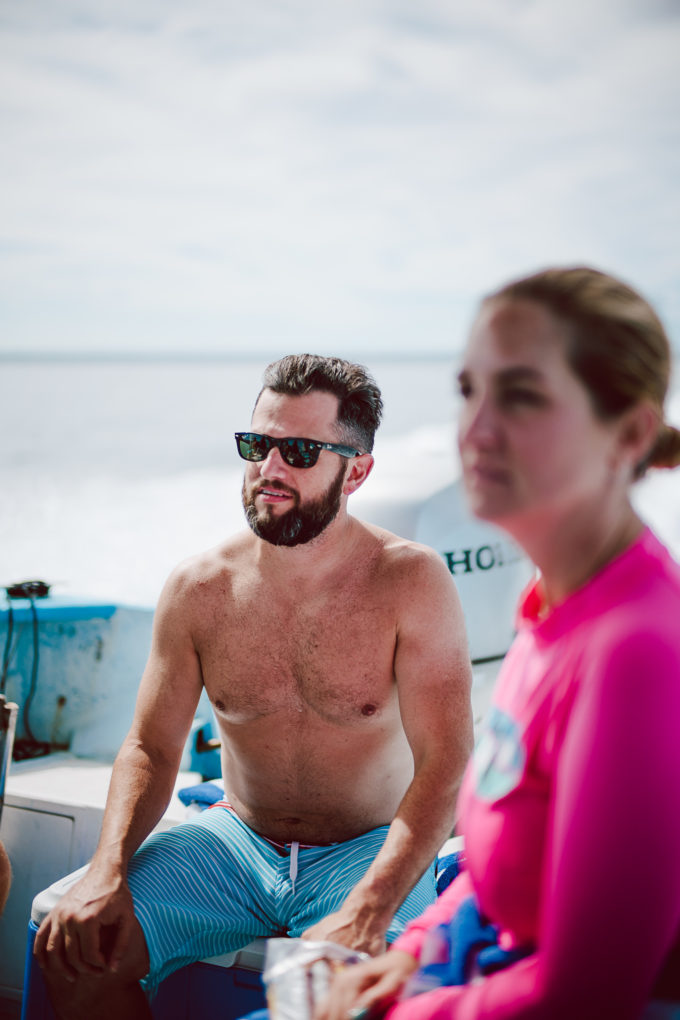
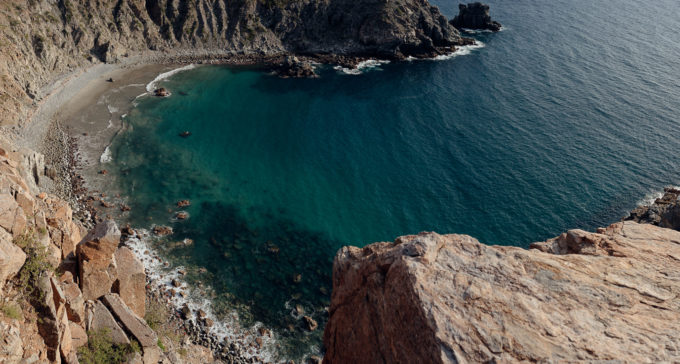
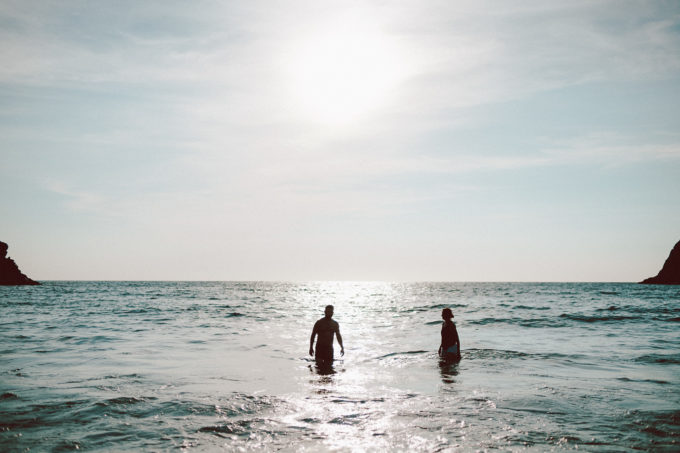
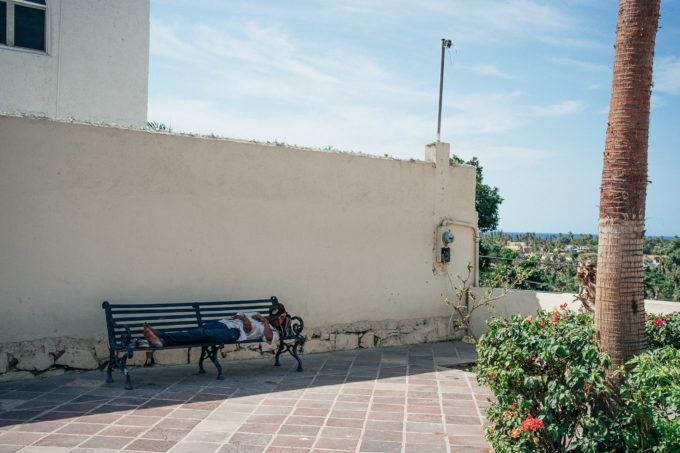
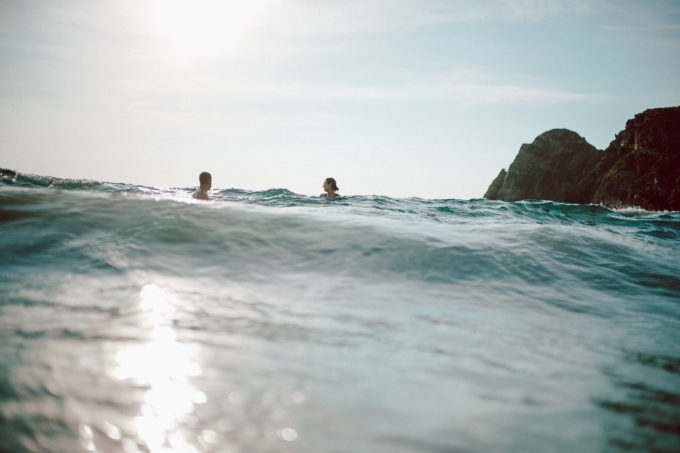
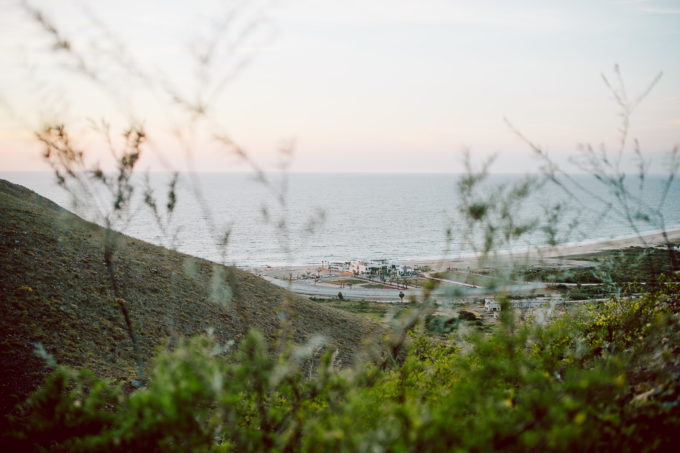
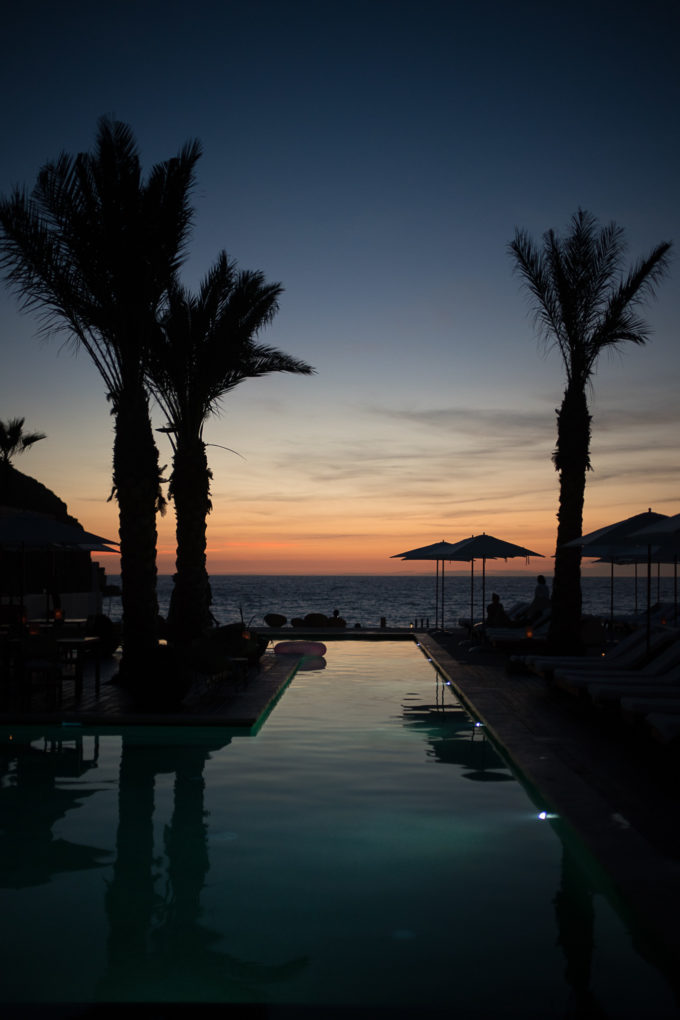
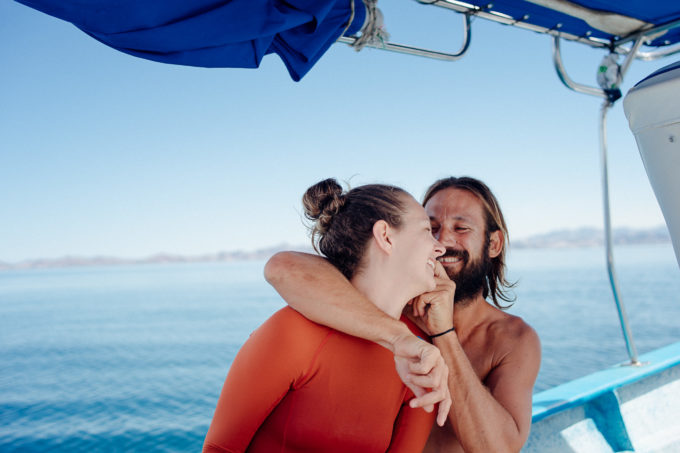
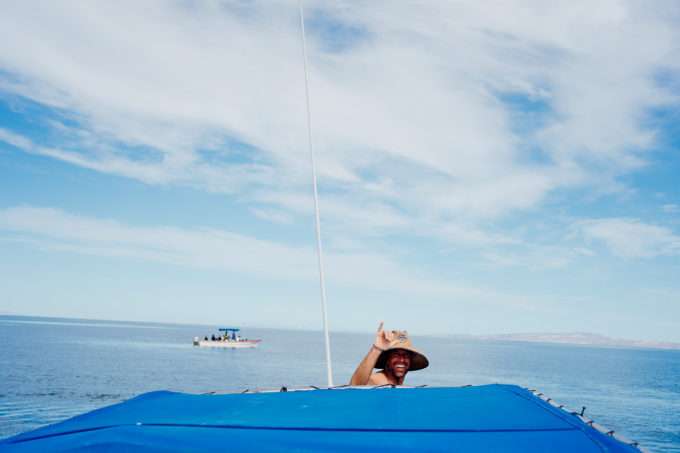
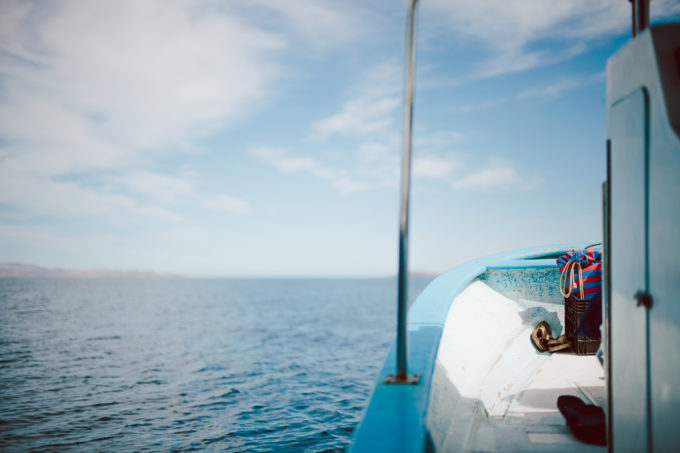
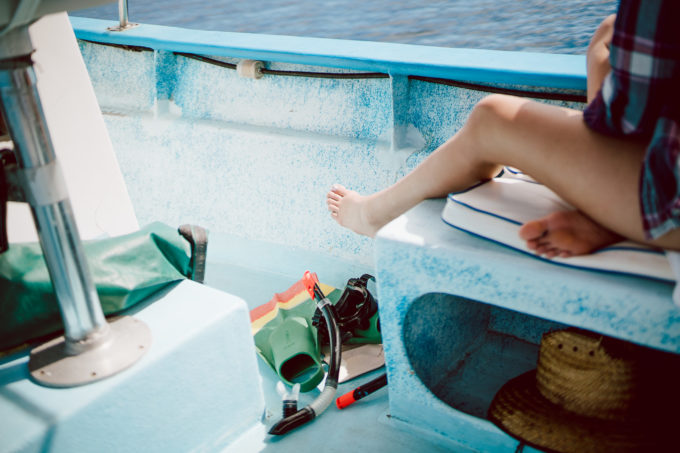
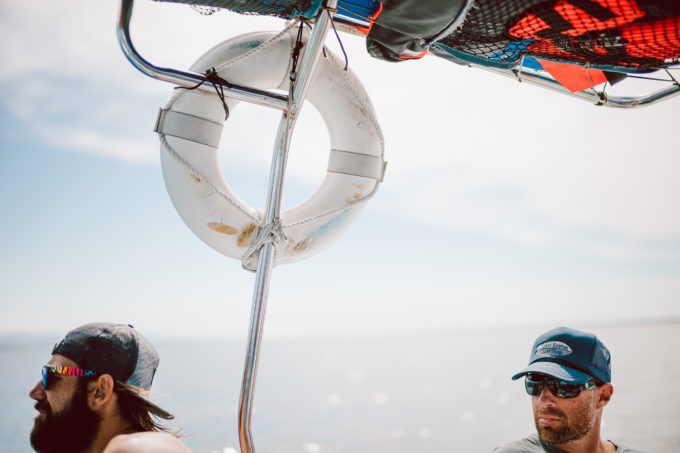
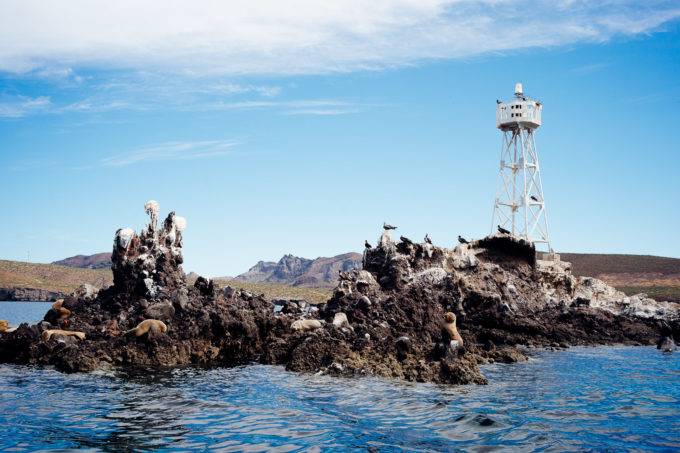
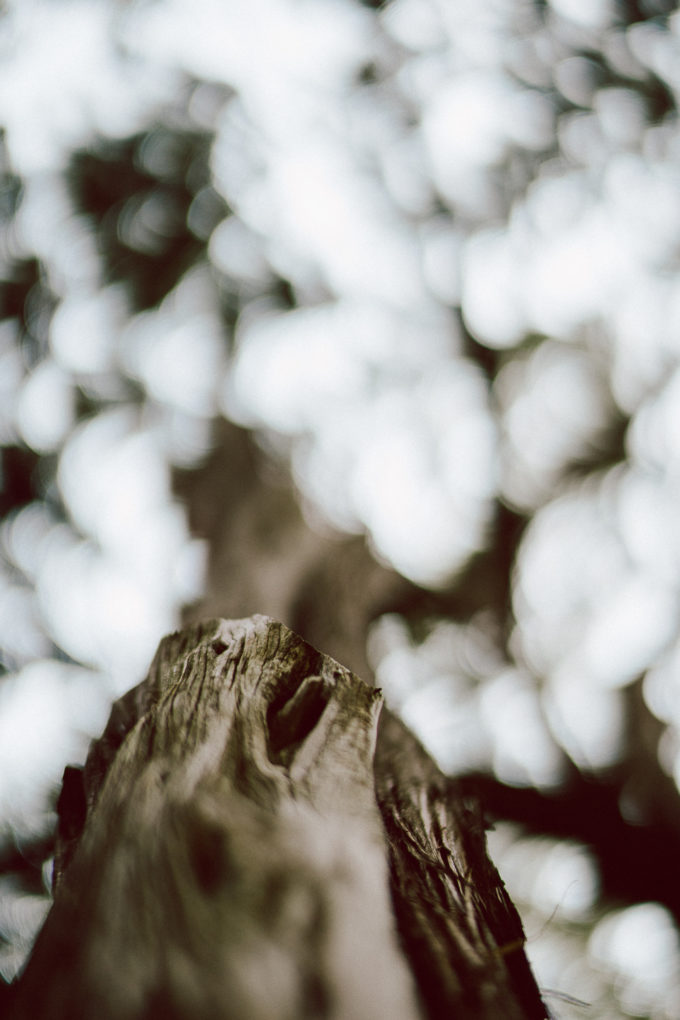
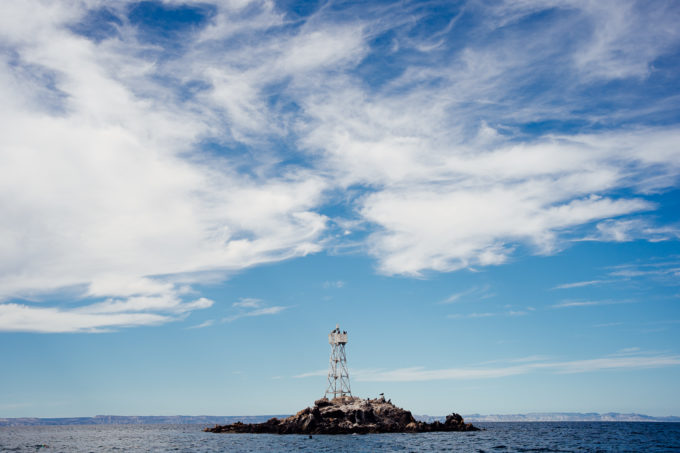
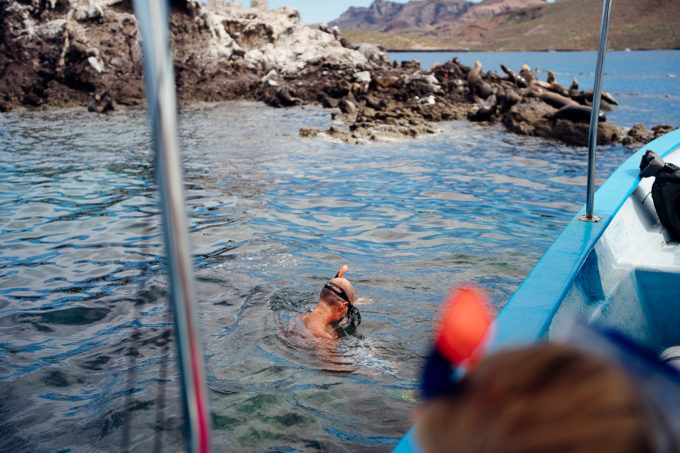

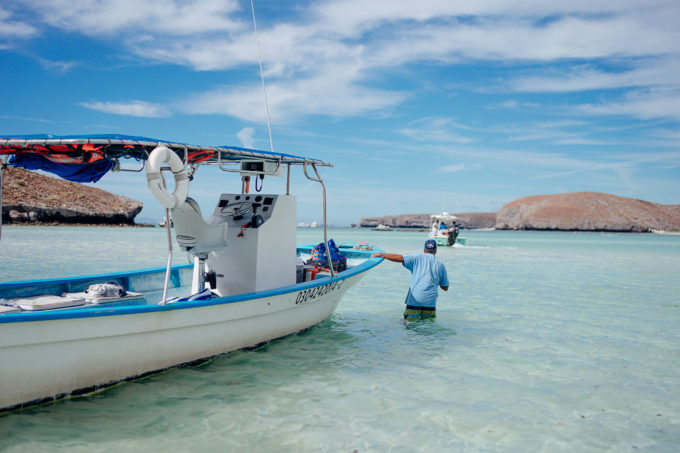
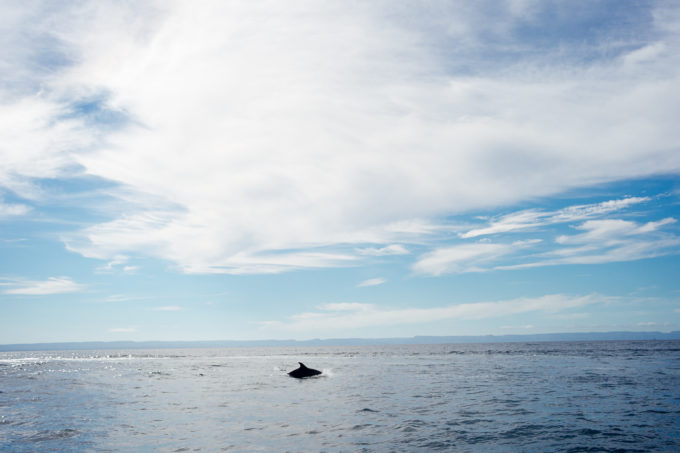
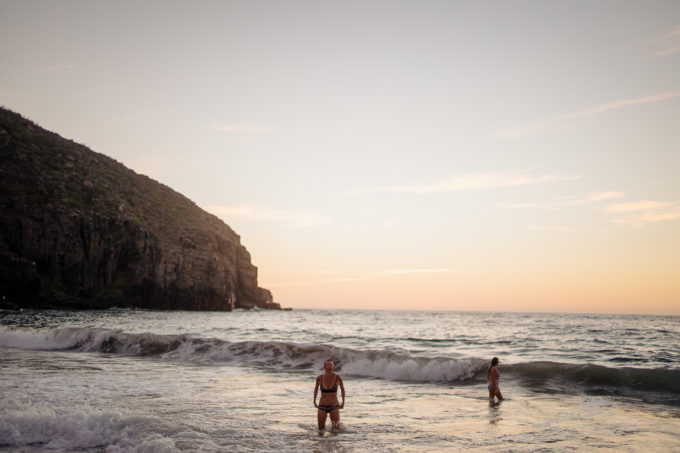
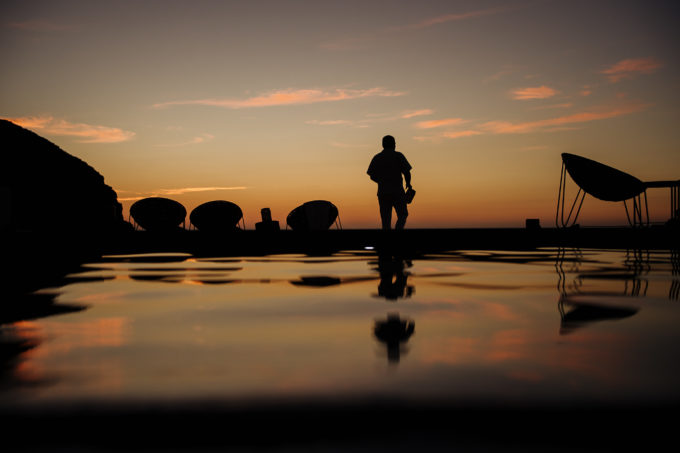
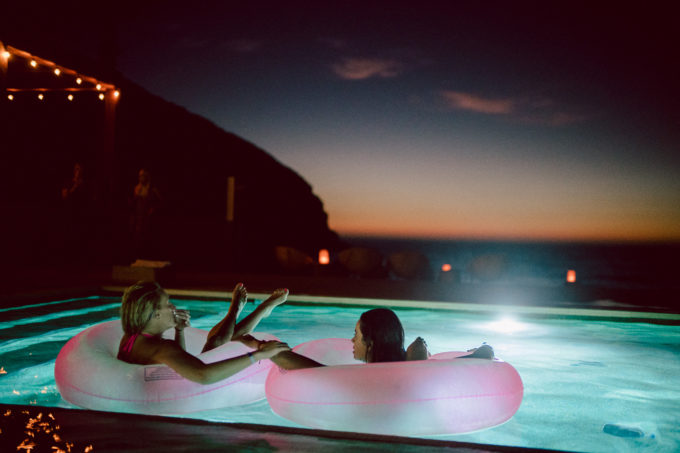
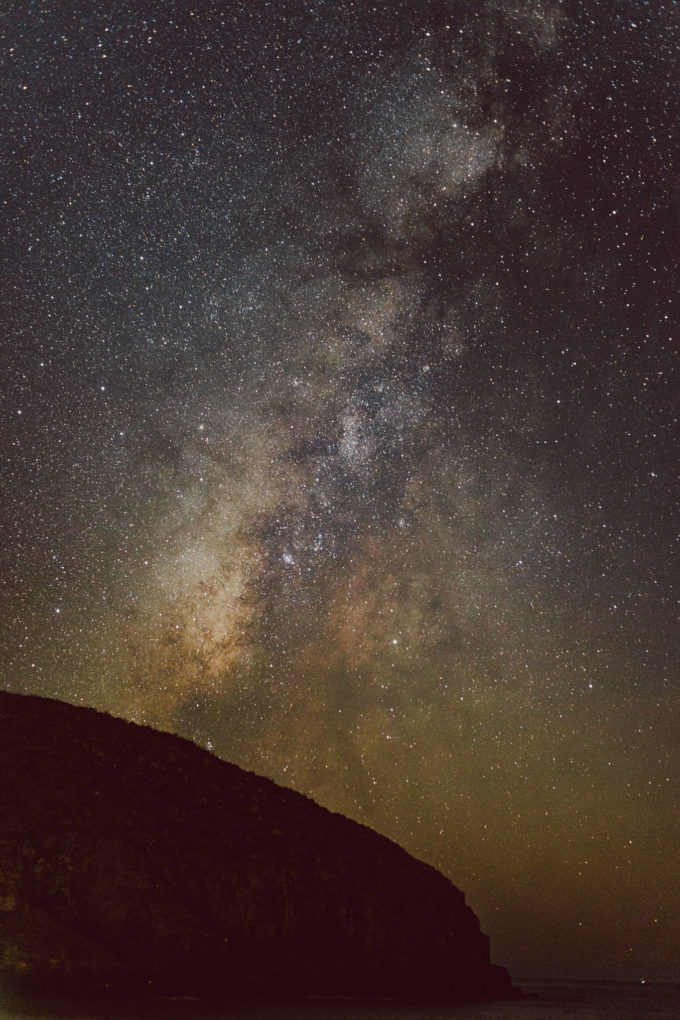
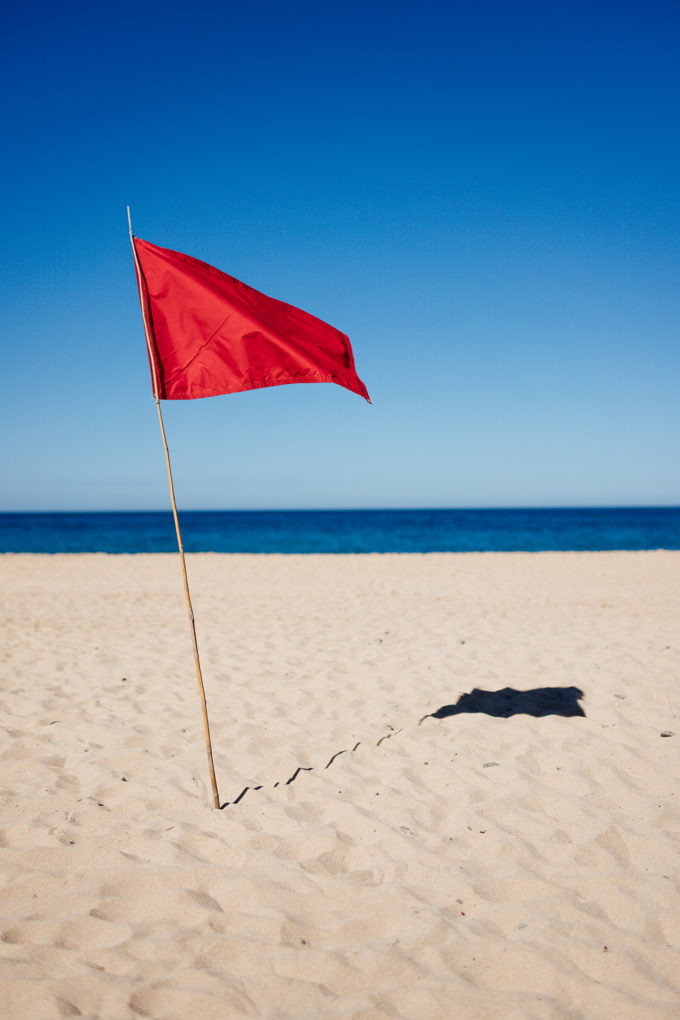

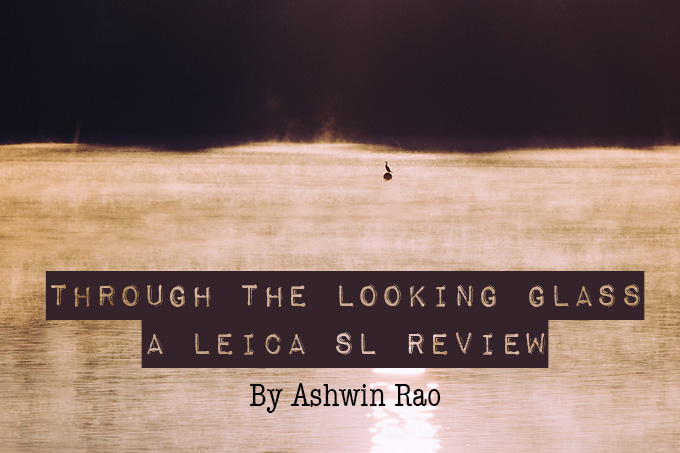
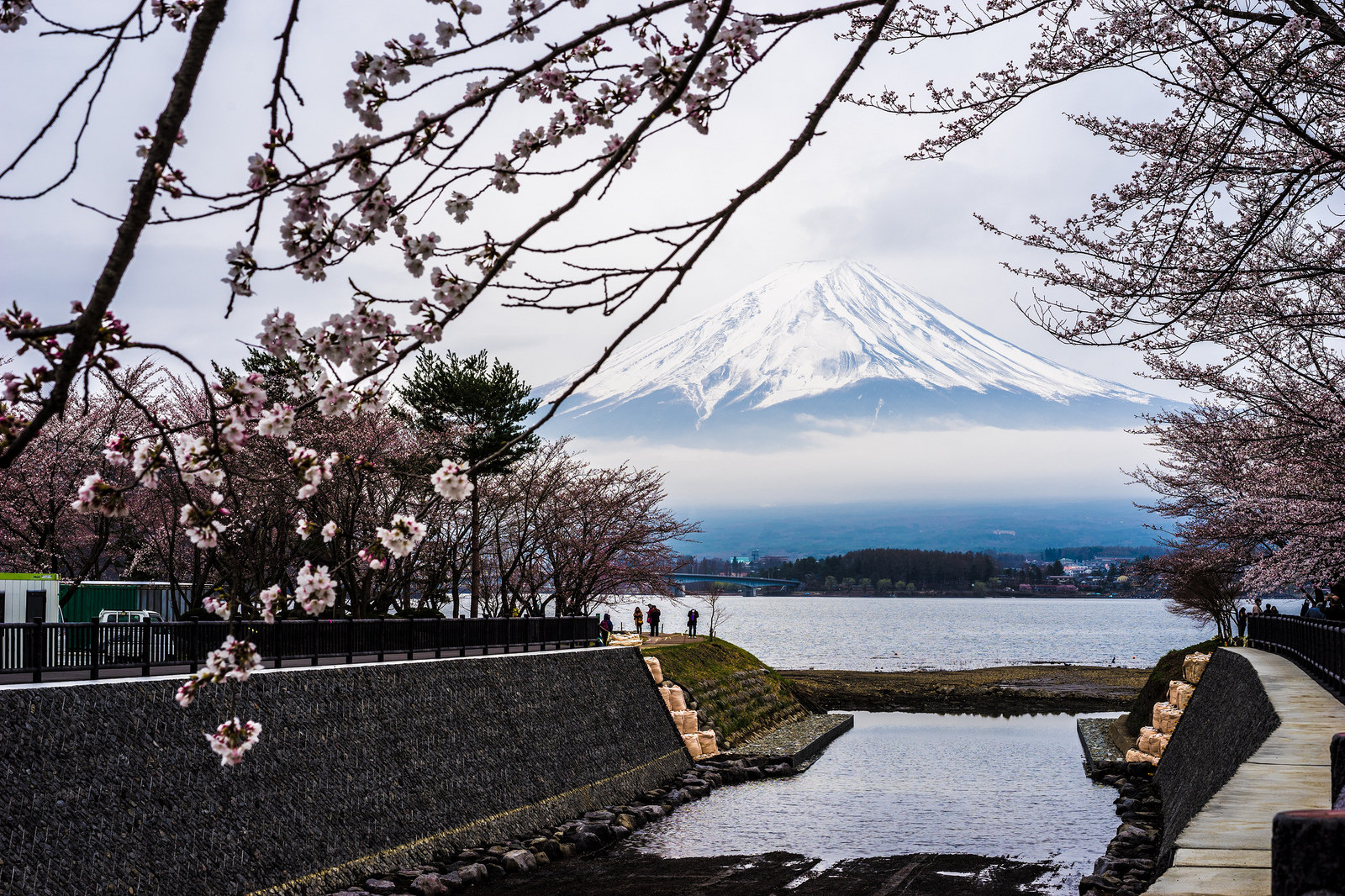

Well yes, but then with the Sony quality and… price. Not to forget the Sony possibilities of lens usage and the EVF. But indeed: much of the Leica M concept, put in a mirrorless Sony body.
Fantastic colours!!! Is it presets? )))
I sold all my Fuji gear based on Steve’s review of this Voigtlander lens. But I wound up with a used A7RII and the Sony 50/1.4 rather than the original A7 I’d intended. Now I’m broke and will have to wait before buying any more gear.
Pretty sure I’m going to get the ‘M-mount’ version for my A7rmkii. Having the option to use auto focus with the Techart is a huge plus when shooting at f1.2. Add to the fact its smaller, lighter and cheaper! You don’t really need the exif data, its just a nice to have, they coped in the old days!!
Great shots! The more I see from this lens, the more I want to get it. But I already have a Leica Noctilux that it’s rarely not mounted on my Sony A7RII, and I am not wealthy… 🙂
That was really great, thanks a lot for sharing. You’ve got quite the eye, I think I love most of them. Gear sure seems nice, but you’re really talented.
Oh, you mean a Leica M…..
Thanks Dirk! I could see the original a7 and this lens as a simple but effective manual focus kit. The lower resolution EVF actually helps focusing by exhibiting aliasing artifacts on whatever is in focus – makes it easy to nail focus without using peaking.
Imagine this lens on an imaginary Sony A7Miii. The M would stand for Manual Focus. So that would be a body, offering top IQ, but without all complicated technology for AF and video. Just a classical shooting machine.
Since there is clearly a market for these lenses, there is definitely a market for that body as well! If only more of us would make fuzz about it.
BTW absolutely great pics and fine article, Chad!
Thanks Steve, really appreciate the feedback! Sounds like a few decent options and I do like the idea of just the one lens (for a while anyway! 😉
cheers
Agreed with Steve.
⭐️ Luke, you got the Pixies reference!
Hey Luke. You can use this on an A7 MKI, II, Is or II and RI or II and it will still have the same IQ/Quality for the most part. Slight color differences are possible but it will perform excellent on any of the A7 series cameras. Being manual focus, it could be cool to have the original A7 and just this one lens. ; )
“…but go to f/2 or 2.8 and you will be ‘slicing up eyeballs’.”
Classic line, Chad! …reminds me of a song by The Pixies.
Great article and photography all round, and a strong case for the lens/camera combo. I agree there is more of an analog feel to the shots in general and that’s really nice!
@ Chad + Steve: How do you think this lens would fare on other Sony bodies: such as the A7s, A7ii? Do you think I could achieve a similar look, or was that more determined by the A9 body/sensor?
@ Steve: Do you think this lens would potentially perform as well on a Leica M9?
cheers
Thanks!
Lovely travel shots.
Definitely. The 35/1.2 is borderline too heavy to use on the Techart Pro. It works but there is some flex in the mount that I don’t care for. But really it’s a matter of whether you need or prefer AF. Manual focusing the Nokton is a really nice experience.
I think they will
Gary,
I sold my a7RII and am waiting on delivery of the mkIII. So the a9 was what I had – tough problem I know.
As mentioned in the article, the a9 has a killer feature that is perfectly suited to the Nokton – that is it will automatically switch the shutter to electronic if the exposure needs a faster shutter speed than 1/8000. I found I was using this often in the bright Mexican sun.
Ill chime in and say the 40 1/2, IMO, is a better lens than the 35 all the way around. Sharper, nicer bokeh, better color.
Thanks!
I’m really interested to know if you feel the electronic contacts were worthwhile over the 35mm f1.2; I’m really interested in the wider FOV and I’d be ok trying it on the Techart Pro.
Thanks again.
Why did you select an A9 over an A7Rxxx or an A7II?
I’m surprised by the colours of the 40mm 1.2. I keep having to check if the camera is in vibrant mode. It’s my favourite lens under $5000. I hope Voigtlander sells a ton of them.
Thanks Jack. Yes there was some post but most are close to out of camera. I didn’t comment on it but Color is really excellent with this lens. Hope you get it!
Hey Kit! Yes, I was just having lunch with a photo friend today and used that exact description – modern classic – to describe the Nokton. Cheers.
Definitely liberating! Thanks.
Did you find just one lens to be limiting or liberating? On a recent trip I took an A9 and carried only the FE 35 f2.8 most of the time and it was definitely fun! Next trip I’ll try the 28 + the 55 both of which are small and light. Your Nokton shots look good and have a unique look.
Chad: great wrap-up for this lens. Like you, 40mm is my favourite FOV; I am working with µ4/3rds presently (most of my work is video for the next six months or so) and the Panny 20/1.7 is always on one of the bodies when I go for a walk.
And I have a Konica 40/1.8 and an Oly OM 40/2 waiting patiently until I return to FF. But this new Voigtländer is a brand-new classic, I believe, and in a completely different league. Thanks for the write-up.
What a wonderful article and images, enjoyed every little bit of your article and I was debating whether or not to purchase this little gem when it first came out but I guess I have an answer now. The colors look amazing (not sure if you have done any post editing) and I can’t wait to own this lens with the upcoming A7RIII! Thank you for sharing your experience. Happy shooting!